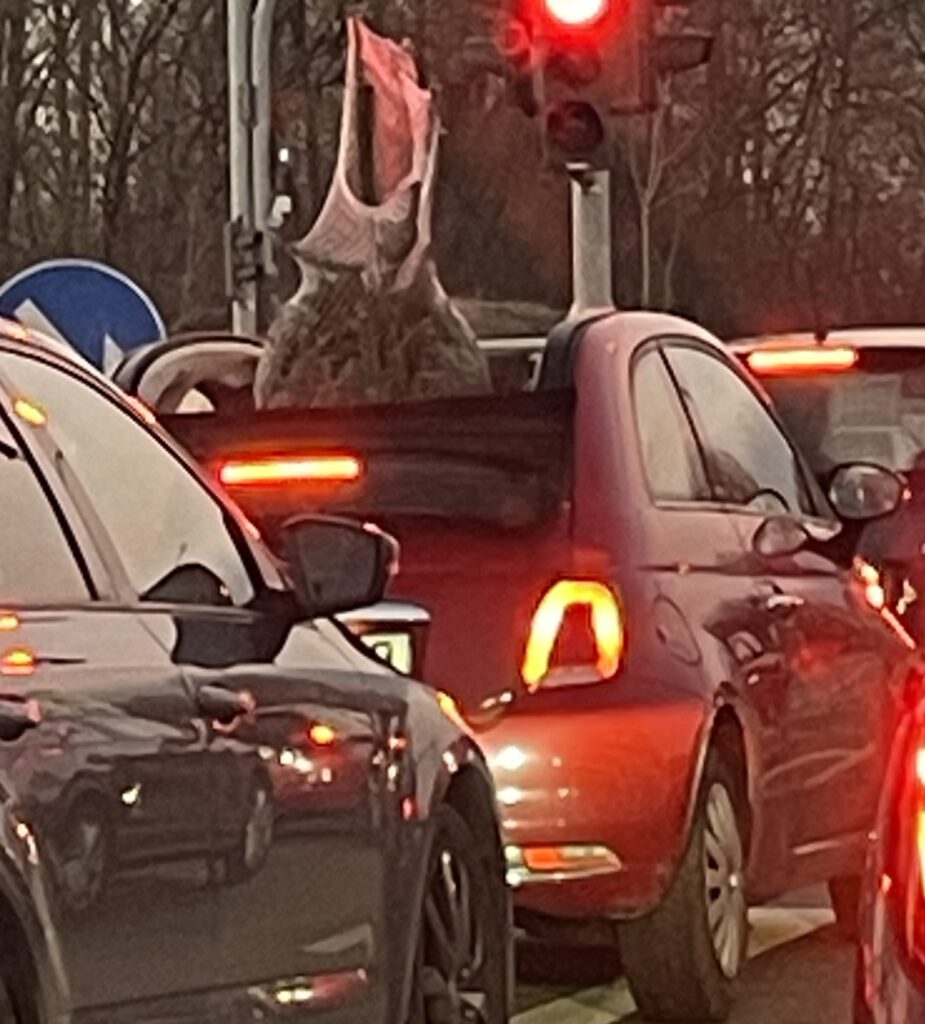A recent decision by the German Federal Supreme Court (BGH) (decision of 14 November 2023 – X ZR 30/21 – cushioning conversion machine) deals with damages in patent infringement proceedings in Germany. An English translation of the decision was made available on LinkedIn by plaintiff’s representative (Müller-Stoy of Bardehle).
The German Federal Supreme Court held that damages, when calculated based on infringer’s profits, generally are to take into account all profits that are causally related to the infringement of the patent. This applies even when such profits are generated by tsale of consumables or other ancillary devices or services, which by themselves do not consitute an act of direct infringement (§ 9 German Patent Act) or contributory infringement (§ 10 German Patent Act). All that is required is that the infringer’s profits are causally related to the infringement. An example are consumables sold by the infringer as a result of the patent infringement; the profits are to be taken into account even when such consumables do not contribute to the technical effect of the patent and/or do not interact with the non-obvious features of the claim.
This decision can be expected to have major impact on patent litigation in Europe and will add to the attractiveness of Germany as a venue for patent litigation.

